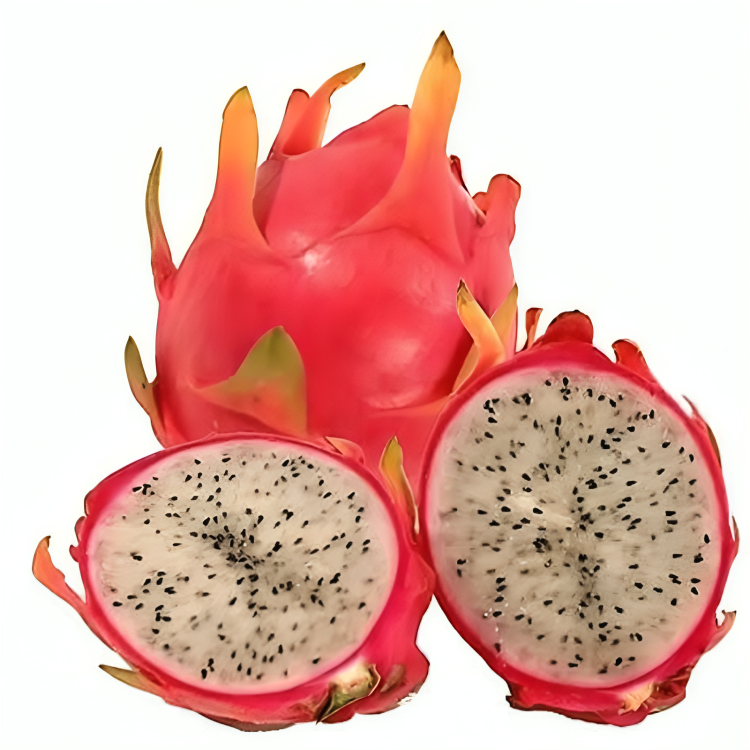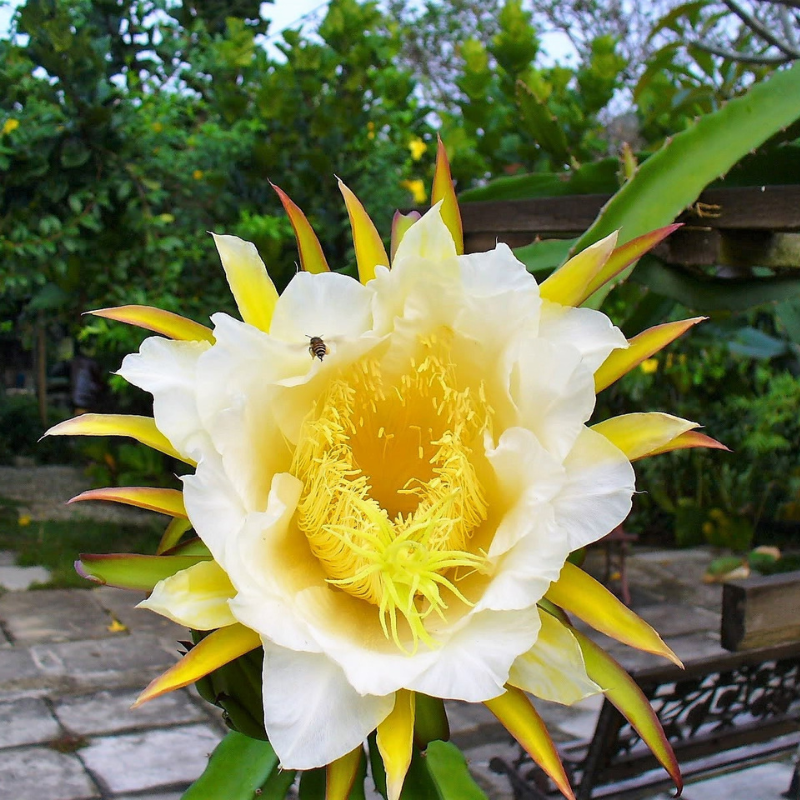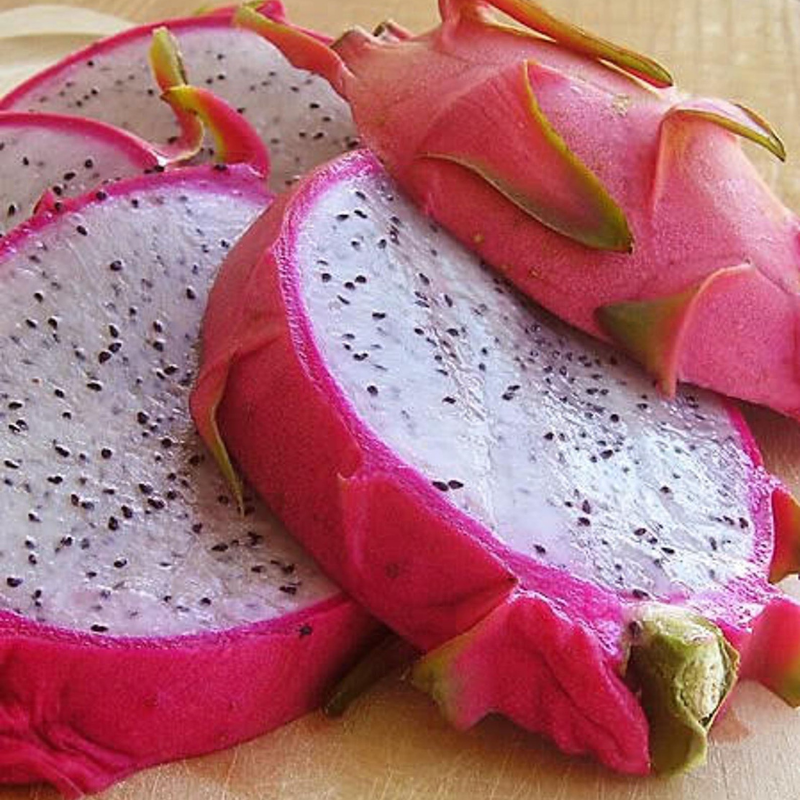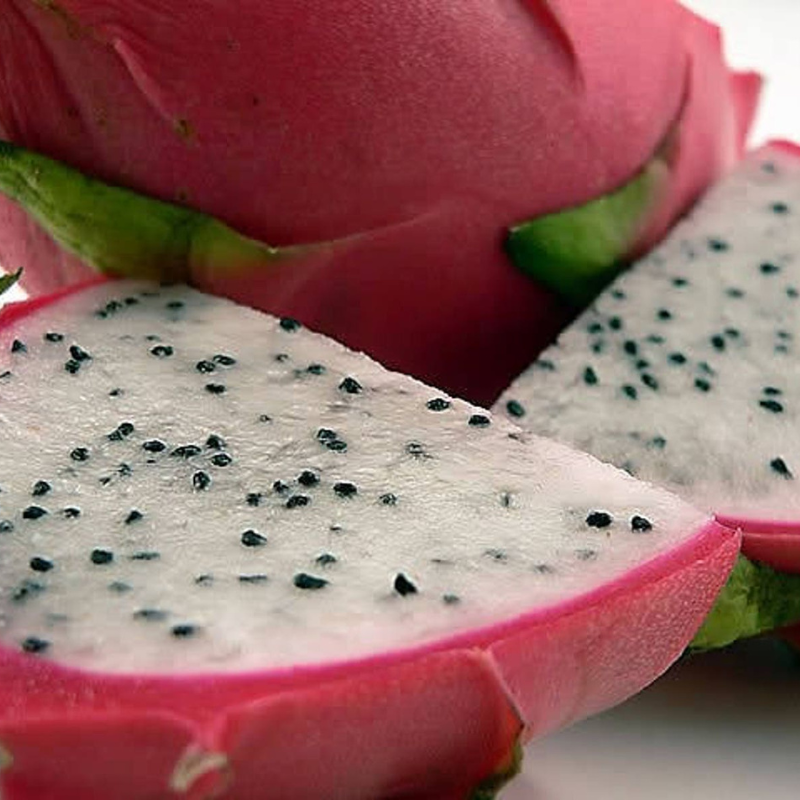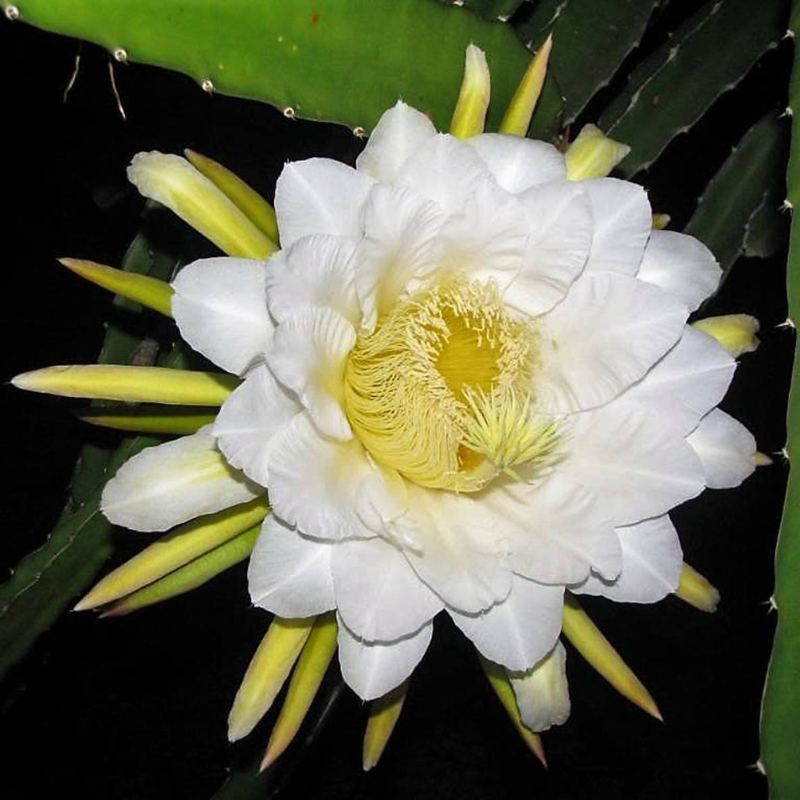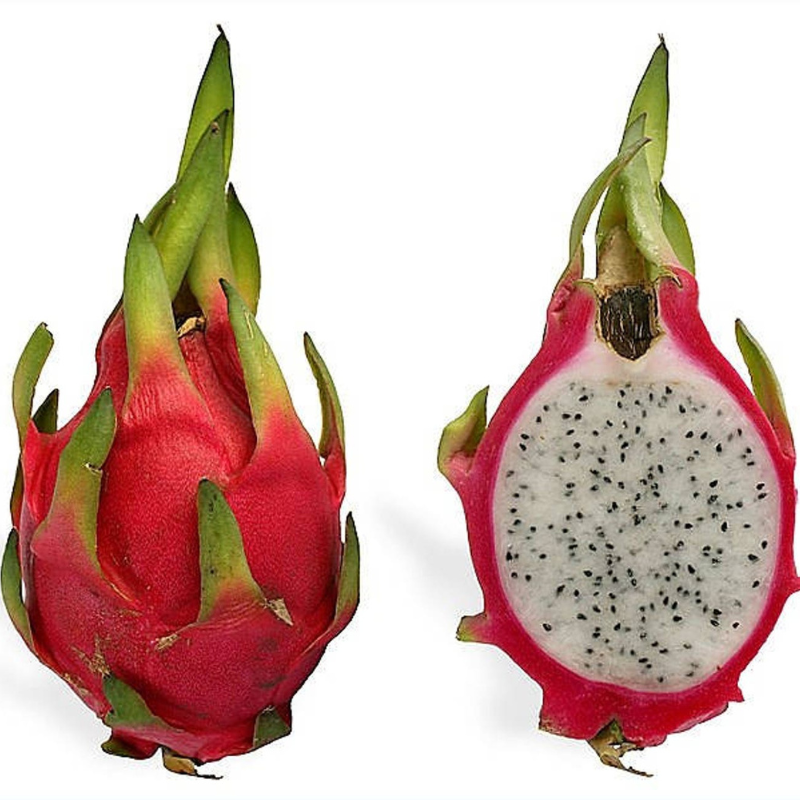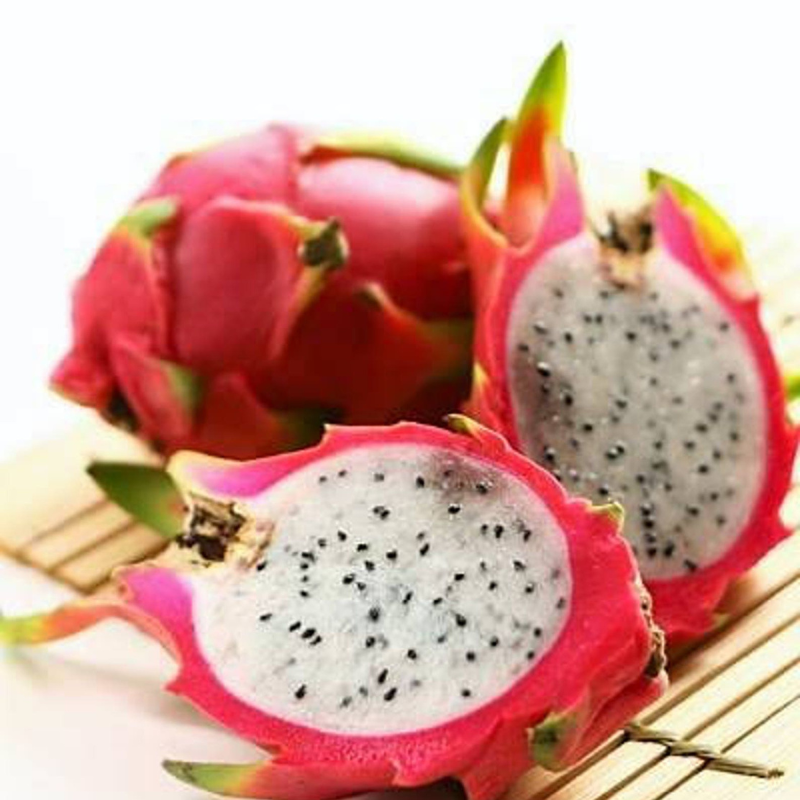- Historical context: Dragon fruit, also known as pitaya or pitahaya, is the fruit of several different cactus species indigenous to the Americas.
- Geographical origination: The dragon fruit cactus is native to Central America, particularly Mexico, and has been cultivated in various parts of the world, including Southeast Asia, Israel, and Australia.
- Relevant cultural significance: In many cultures, dragon fruit is considered a symbol of prosperity and good fortune. It is often used in traditional ceremonies and celebrations.
- Time period of discovery: The exact time period of discovery is not well-documented, but it has been cultivated for centuries by indigenous peoples in Central America.
- Original habitat: Dragon fruit cacti thrive in tropical and subtropical climates, often found in regions with well-drained soils and plenty of sunlight.
- Notable historical uses: Historically, dragon fruit has been used not only as a food source but also in traditional medicine for its purported health benefits.
- Ideal temperature range: The ideal temperature range for growing dragon fruit cactus is between 65°F to 85°F (18°C to 29°C).
- Soil type: Dragon fruit cacti prefer well-draining soil with a pH level between 6 and 7. Sandy or loamy soils are ideal.
- Sunlight requirements: These cacti require full sun to partial shade, with at least 6-8 hours of direct sunlight daily.
- Watering needs: Water the plants regularly but avoid waterlogging. The soil should be kept moist but not soggy. Reduce watering during the winter months.
- Planting season: The best time to plant dragon fruit seeds is in the spring or early summer when temperatures are warm.
- Germination time: Dragon fruit seeds typically germinate within 1 to 4 weeks under optimal conditions.
- Growth cycle duration: It can take 6 months to 2 years for a dragon fruit cactus to mature and start producing fruit.
- Common pests and diseases: Common pests include mealybugs and aphids. Diseases such as root rot and stem rot can occur if the soil is too wet.
- Companion planting advice: Dragon fruit cacti can be planted alongside other cacti and succulents. Avoid planting near plants that require a lot of water.
- Common challenges and solutions: One common challenge is overwatering, which can lead to root rot. Ensure proper drainage and avoid excessive watering. Another challenge is sunburn on the stems, which can be mitigated by providing partial shade during the hottest part of the day.
- Nutritional values: Dragon fruit is rich in vitamin C, fiber, and antioxidants. It also contains small amounts of several other nutrients, including iron, magnesium, and B vitamins.
- Health benefits: Consuming dragon fruit can boost the immune system, improve digestion, and promote healthy skin. Its antioxidants help combat free radicals, reducing the risk of chronic diseases.
- Culinary uses: Dragon fruit can be eaten fresh, added to fruit salads, smoothies, and desserts. It is also used to make juices, jams, and even wine.
- Medicinal uses: In traditional medicine, dragon fruit has been used to treat conditions such as high blood pressure, diabetes, and digestive issues.
- Other unique advantages: Dragon fruit is low in calories and high in fiber, making it an excellent choice for weight management. Its vibrant color and unique appearance also make it a popular choice for decorative purposes in culinary presentations.
